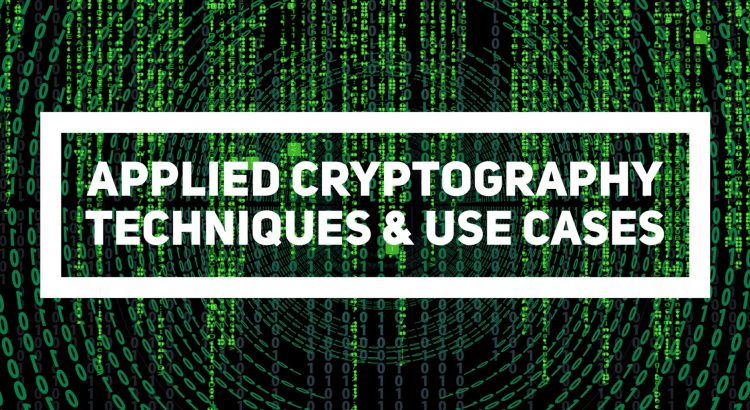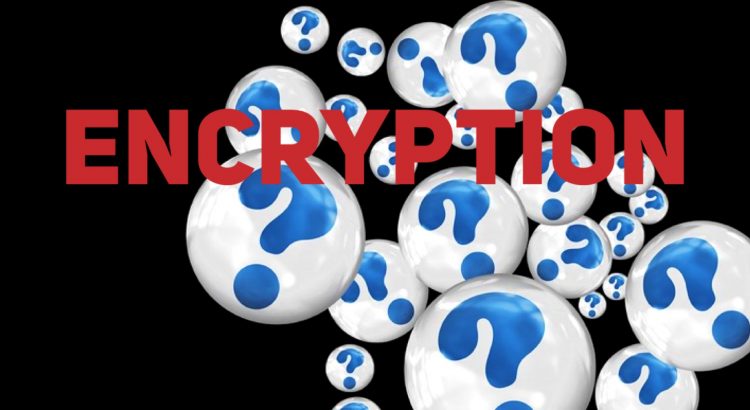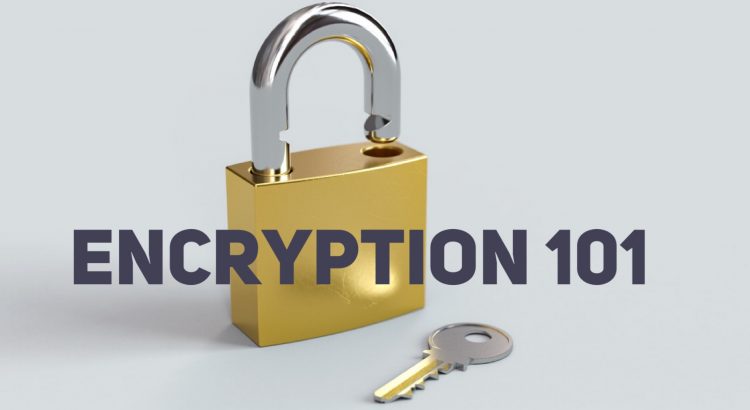It’s one of the great IT debates: Fibre Channel (FC) or iSCSI. We at the SNIA Ethernet Storage Forum thought this was this perfect way to kick off the New Year, so we’re hosting a live webcast “FC vs. iSCSI” on January 31st with experts who will not be afraid to highlight differences and compare and contrast these two storage protocols.
In the enterprise, block storage typically handles the most critical applications such as database, ERP, product development, and tier-1 virtualization. The dominant connectivity option for this has long been Fibre Channel SAN (FC-SAN), but recently many customers and block storage vendors have turned to iSCSI instead. FC-SAN is known for its reliability, lossless nature, 2x FC speed bumps, and carefully tested interoperability between vendors. iSCSI is known for running on ubiquitous Ethernet networks, 10x Ethernet speed bumps, and supporting commodity networking hardware from many vendors.
Because, FCoE also delivers increasing performance as Ethernet speeds increase – and, Fibre Channel also delivers increasing performance as FC speeds increase. Historically, FC delivered speed bumps at a more rapid interval (2x bumps), while Ethernet delivered their speed bumps at a slower pace (10x bumps), but that has changed recently with Ethernet adding 2.5G, 5G, 25G, 40G, and 50G to the traditional 1G, 10G, 100G timeline.
As the storage world moves to more flash and other non-volatile memory, more cloud, and more virtualization (or more containers), this debate becomes even more interesting. Attend this webcast to learn:
- Will Fibre Channel or iSCSI deliver faster performance? Does it depend on the workload?
- How is the wire speed race going between FC and iSCSI? Does anyone actually run iSCSI on 100GbE? When will 128Gb Fibre Channel arrive?
- Can any server or storage array actually support more than 32Gb/s or 40Gb/s speeds?
- Do Linux, Windows, or hypervisors have a preference?
- Is one really easier to install and manage, or are they just different?
- How does the new NVMe over Fabrics protocol affect this debate?
I will be moderating this event where storage networking experts Fred Knight (NetApp) and John Kim (Mellanox) will argue in an energetic, yet friendly way about the differences and merits of each. And they will be available to answer your questions on the spot. I encourage you to register today and start off 2018 with this exciting and informative discussion.




